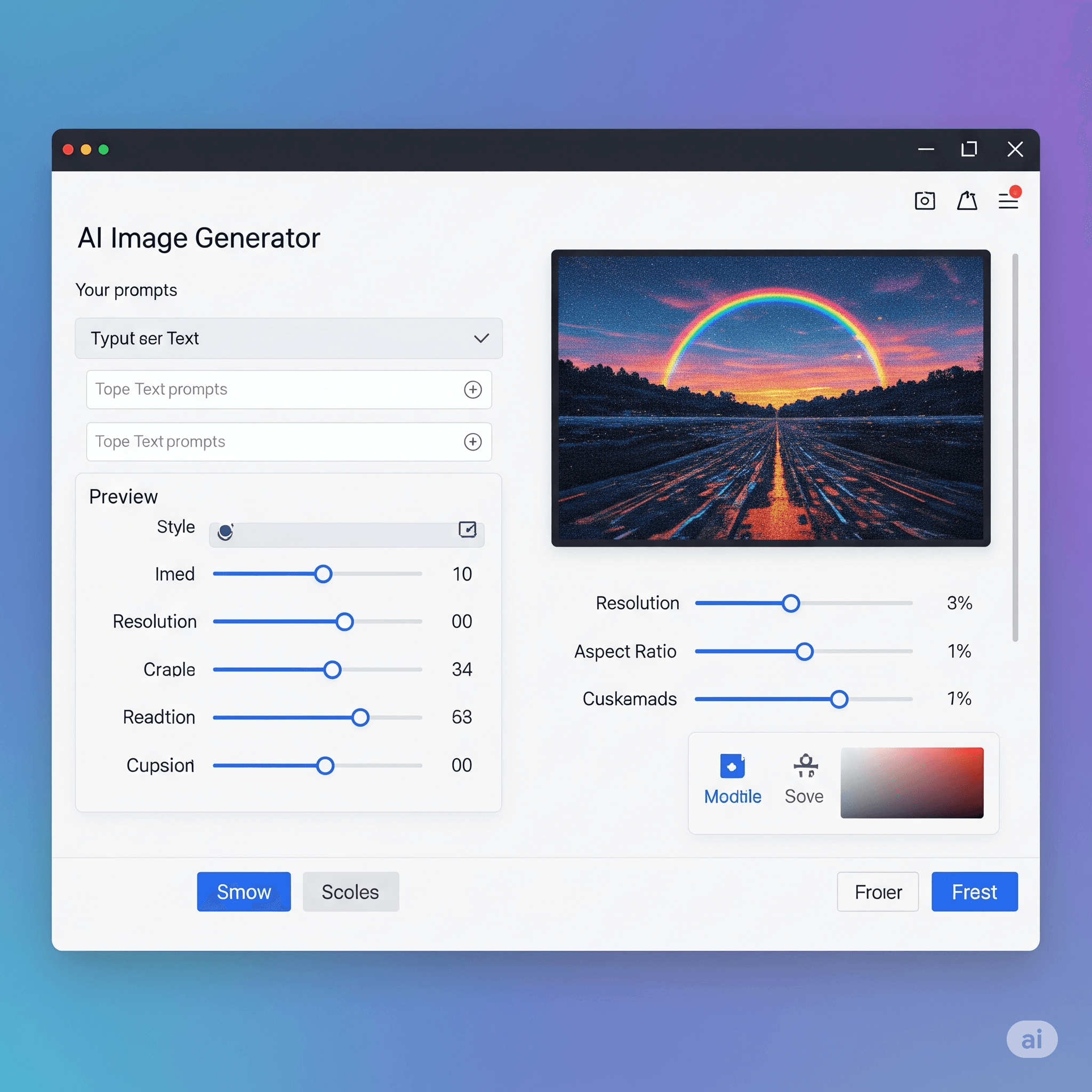Question: TCP groups a number of bytes together into a packet called a ___________.
Answer:
- TCP (Transmission Control Protocol) groups a number of bytes together into a packet called a segment. A segment is a unit of data that is transmitted between the TCP endpoints over the network. Each segment consists of a TCP header followed by a data payload. The TCP header contains control information that is used to manage the transmission and reception of the data, including the sequence number, acknowledgment number, window size, and checksum.
- The size of the segments in TCP can vary depending on a number of factors, including the maximum segment size (MSS) negotiated during the three-way handshake, the available network bandwidth, and the congestion control mechanism used by TCP to avoid network congestion. In general, the size of the segments is limited to the maximum transmission unit (MTU) of the underlying network protocol, which is typically around 1500 bytes for Ethernet networks. However, TCP can also handle segments that are smaller than the MTU, and can reassemble them at the receiving end.
MCQ: TCP groups a number of bytes together into a packet called a ___________.
Correct Answer:
A. user datagram
Explanation:
- TCP (Transmission Control Protocol) groups a number of bytes together into a packet called a segment. A segment is a unit of data that is transmitted between the TCP endpoints over the network. Each segment consists of a TCP header followed by a data payload. The TCP header contains control information that is used to manage the transmission and reception of the data, including the sequence number, acknowledgment number, window size, and checksum.
- The size of the segments in TCP can vary depending on a number of factors, including the maximum segment size (MSS) negotiated during the three-way handshake, the available network bandwidth, and the congestion control mechanism used by TCP to avoid network congestion. In general, the size of the segments is limited to the maximum transmission unit (MTU) of the underlying network protocol, which is typically around 1500 bytes for Ethernet networks. However, TCP can also handle segments that are smaller than the MTU, and can reassemble them at the receiving end.
Discuss a Question
Related Questions
- 1. TCP is a(n) ___________ protocol.
- 2. TCP is a(n) _______ transport protocol.
- 3. TCP uses _________________ to check the safe and sound arrival of data.
- 4. The bytes of data being transferred in each connection are numbered by TCP. The numbering starts with a __________________.
- 5. In TCP, the sequence number for each segment is the number of the _______ byte (virtual byte) carried in that segment.
- 6. Communication in TCP is ___________.
- 7. In TCP, the value of the acknowledgment field in a sent segment defines the sequence number related to the ______ byte a party expects to receive next.
- 8. The inclusion of the checksum in the TCP segment is ________.
- 9. In TCP, a SYN segment consumes _____ sequence number(s).
- 10. In TCP, a SYN + ACK segment consumes _____ sequence numbers.
You may be interested in:
Computer Networking MCQs






